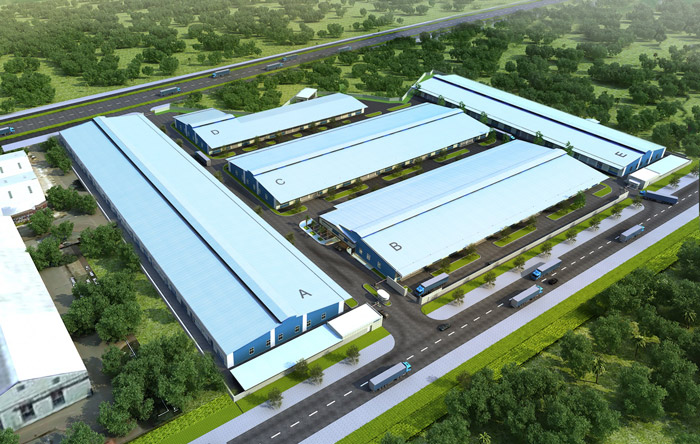Assessing the infrastructure of a rental factory is crucial for both landlords and tenants to ensure safety, functionality, and efficiency. A comprehensive evaluation involves understanding the physical structure, utility systems, and safety features of the facility. This assessment process involves initial inspections, detailed examinations, and engaging professionals when necessary. In this guide, we will delve into each aspect to provide a clear understanding of how to assess the infrastructure of a rental factory effectively.
Mục lục
Understanding Infrastructure Components
Here’s an overview of some common infrastructure components:
Physical Structure
The physical structure of a rental factory includes the building’s foundation, walls, roof, flooring, and overall structural integrity. Inspect the building for signs of wear and tear, such as cracks, leaks, or damage to the foundation.
Evaluate the materials used in construction to determine their durability and suitability for industrial operations. Check for compliance with building codes and regulations to ensure the structure meets safety standards.

Maybe you can refer to it further:
Utility Systems
Utility systems encompass electrical, plumbing, heating, ventilation, and air conditioning (HVAC) systems essential for the factory’s operations. Inspect electrical wiring and panels for proper installation, functionality, and compliance with safety standards.
Evaluate plumbing systems for leaks, clogs, and adequate water pressure. Assess HVAC systems for efficiency, proper ventilation, and compliance with environmental regulations. Ensure that utility systems are well-maintained to prevent disruptions in factory operations and minimize safety risks.
Safety Features
Safety features are critical for protecting employees, equipment, and the environment within the factory.
Check for fire detection and suppression systems, including smoke detectors, fire alarms, sprinkler systems, and fire extinguishers.
Evaluate emergency exits, signage, and evacuation routes to ensure they are clearly marked and easily accessible. Inspect safety equipment such as personal protective gear, first aid kits, and emergency response plans. Assess the overall safety culture within the factory, including employee training, hazard identification, and accident prevention measures.

Conducting the Assessment
Here’s a general framework you can follow:
Initial Inspection
Begin the assessment with a walkthrough of the rental factory to identify any visible issues or concerns.
Document observations, including photographs, notes, and measurements, to create a baseline assessment.
Focus on areas that may pose immediate safety risks or require urgent attention, such as structural damage or malfunctioning utility systems. Prioritize tasks based on the severity of issues and allocate resources accordingly to address them promptly.
Detailed Examination
Conduct a more thorough inspection of the rental factory, involving close examination of key infrastructure components. Use specialized tools and equipment to assess the condition of structural elements, utility systems, and safety features.
Look for hidden defects or potential hazards that may not be apparent during initial inspections. Take into account factors such as environmental conditions, usage patterns, and maintenance history when evaluating the infrastructure.

Engaging Professionals
When necessary, enlist the expertise of qualified professionals to conduct specialized assessments or repairs. Hire structural engineers, electricians, plumbers, HVAC technicians, or safety inspectors to address specific concerns.
Collaborate with reputable contractors or service providers to perform maintenance, upgrades, or renovations as needed. Ensure that all professionals hired are licensed, insured, and experienced in industrial settings to guarantee quality workmanship and compliance with regulations.
Assessing the infrastructure of a rental factory is a multifaceted process that requires attention to detail, expertise, and proactive management. By understanding the physical structure, utility systems, and safety features of the facility, landlords and tenants can identify potential issues, implement preventive measures, and maintain a safe and functional working environment. Conducting thorough assessments through initial inspections, detailed examinations, and engaging professionals as needed is essential for ensuring the long-term viability and success of the rental factory.
If you need factory rental, please contact Long Hau Industrial Park Vietnam. They offer state-of-the-art facilities and a strategic location that can cater to various manufacturing needs. Whether you’re in electronics, textiles, or automotive industries, Long Hau provides customizable spaces equipped with modern amenities to streamline your production processes. With their commitment to quality and efficiency, partnering with Long Hau Industrial Park Vietnam ensures a conducive environment for your business to thrive.
